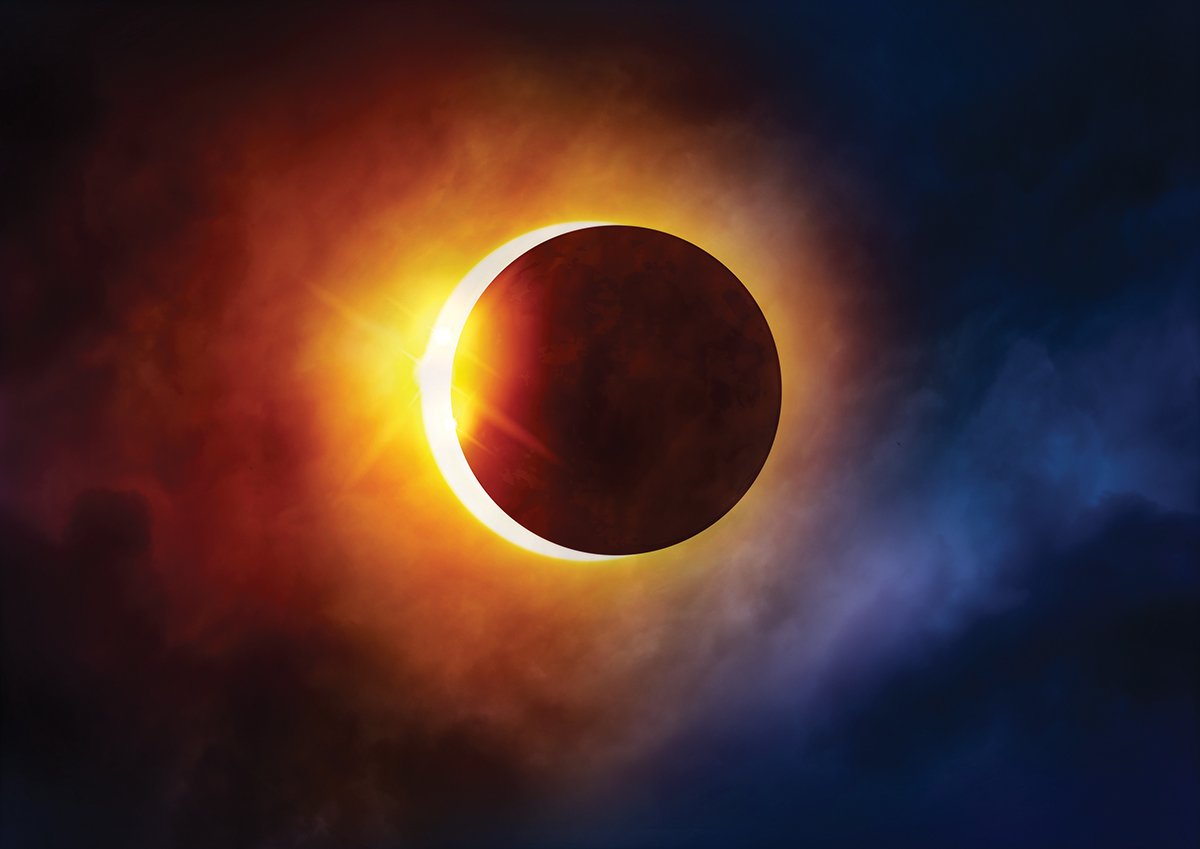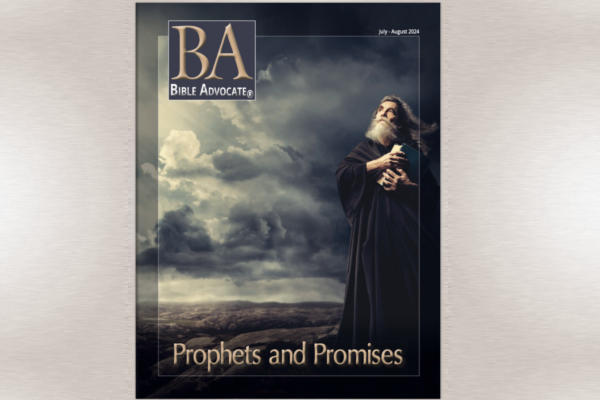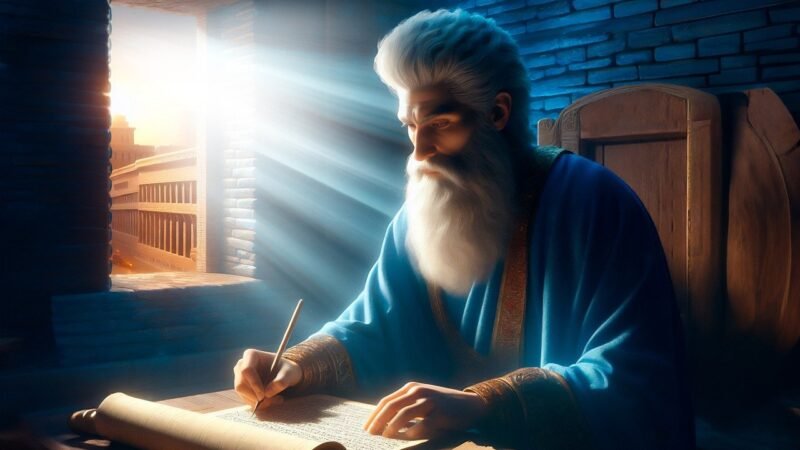Giving thanks unto the Father . . . who hath delivered us from the power of darkness, and hath translated us into the kingdom of his dear Son . . . who is the image of the invisible God (Colossians 1:12, 13, 15).
When I was eight years old, I was excited at the prospect of a solar eclipse. I had watched a comic TV show that portrayed an eclipse as a sudden shift from light to darkness, as if the sun were a giant light in the sky that could be turned off by a switch.
So that day I waited for a spectacular event like the one I had seen on TV. The eclipse began, and I watched the sky. Nothing was happening. Everything around me was still bright as day. I peeked at the sun, ignoring my mom’s warning that if I looked directly at it, I would go blind.
The solar eclipse was not as exciting as I had hoped. I spent the rest of the day terrified that my vision would start to diminish because I had looked at the sun. I wondered if it would happen all at once or little by little. Thankfully, my fears were unfounded, and I didn’t lose my sight.
But I could have. If a person looks directly at the sun for a couple of minutes, it can cause permanent retinal damage and blindness. Even though the sun is nearly 100 million miles away, our eyes cannot take in the intensity of its brightness.
There is another thing we cannot take in, cannot absorb in its entirety: the raw brilliance of God, the Creator of a billion suns, the one who shines brighter than all the stars in the sky put together. The pure glory of God — the immensity of His purity and righteousness — is too great for our mortal, sinful bodies to look upon.
Visible Creator
In the Old Testament, Moses asked to behold God’s glory, yet was told, “Thou canst not see my face: for there shall no man see me, and live” (Exodus 33:20). Amazingly, God allowed His goodness to pass before Moses, yet would not let His servant look upon His face.
The story was not always like this.
At the dawn of time, all things were created. The frigid vastness of nothing was moved by the power of a Spirit that hovered over deep waters. Something burst forth out of nothing at the word of an omnipotent God, and the universe was born.
Light pierced darkness. Color and wonder appeared and expanded. Time began, fluid yet constant, and this world took its first gasping breath. Stars appeared, each known by name. Planets fell into varying orbits. Solar systems stretched into galaxies stretching into a universe vaster than the mind can comprehend.
And on this earth, the sky above of daytime blue and nighttime indigo, and sunsets of every color, were flung along the horizon. Grasses of every shade of green and trees reached high, and creatures began swimming and flying and tromping and stamping.
All things were declared good by their Maker, and that Maker walked upon the earth He formed. He walked in the cool of the day with the man and woman He formed from the dust. What is the implication of this? Man could behold his Creator, face to Face.
Bridging the gap
But then the first man and woman were tempted. They succumbed. They fell and, with them, the earth. Thistles and thorns sprang up among perfection. Malice mingled with innocence in the mind of man.
Death and every hue of sorrow cast a shadow over creation, and purity could no more be found. No man could look upon God because a great chasm stood between humanity and their Creator. That chasm was sin, which could not withstand the presence of a pure and holy God. It would be consumed, which means anyone beholding the face of God would likewise be consumed.
To bridge this gap that stretches as far as the heavens are from the earth, God made a way. He impressed His image — His likeness, His profile, His representation — upon His Son. Because we could not grasp the immense holiness of the Father, the Son lifted the veil covering the realms and stepped into our humble world.
In the first chapter of his Gospel, John the apostle tells us, “No man hath seen God at any time” (John 1:18). But John, along with Peter and James, beheld something no other had ever seen: Christ transfigured on a mountaintop. He saw Christ in His glory and understood that God surpassed that sight and transcended his human comprehension.
Jesus became the image of the invisible God, by whom we can behold God’s glory.
Image of God
A beam of sunlight can travel through space for hundreds, thousands, millions of miles and illuminate nothing. A rare speck of rock hurtling through the atmosphere between earth and the sun might be lit by the sun’s rays, but the vast expanse of space lies in absolute darkness.
Light remains unseen unless it has an object to shine upon.
Yet when the light of the sun 94 million miles away finally reaches earth, when it rests upon and glances off surfaces around us, we look around. And we see. We see brilliant dawns of spreading gold and pink. We see majestic sunsets of rose and mauve.
We behold everything that the sun illuminates between the brilliance of dawn and the beauty of dusk. Light filtering through the leaves on a tree, shining so brightly that the green is almost transparent. Light reflecting off droplets of water in the atmosphere, forming a rainbow that traces the sky. Light dancing on the surface of a lake, skittering across the rippling water.
The sunlight glances off a hundred, a thousand, a million things, and we are blessed with light and color and beauty. We feel warmth and wind and rain — none of these possible without the light of the sun shining on and shining through images, warming them and bringing them to life.
God’s glorious, radiant light needed an object to illuminate so that we would not be blinded by looking straight at the sun. Jesus, the image of the invisible God, became flesh and blood and bone so we could see what an incarnate God looks like.
And what is the image we are shown in Scripture, recorded by those who walked with Him, knew Him, and were loved by Him? A portrait of compassion and comfort. Of sacrifice and sorrow. Of peace and prayer. Of healing and heartache. Of friendship and forgiveness. Of love and light.
All that Jesus did, all that He was, serves as an image of the Father. Reaching down to heal, bless, and forgive. To show compassion, speak truth, and sacrifice His life. This is the image of the invisible God.
The Light of the world shone through darkness. The Image brought the light to life. We bask in the warmth, we revel in the color and beauty that we behold, and instead of being blinded, we finally begin to see.







